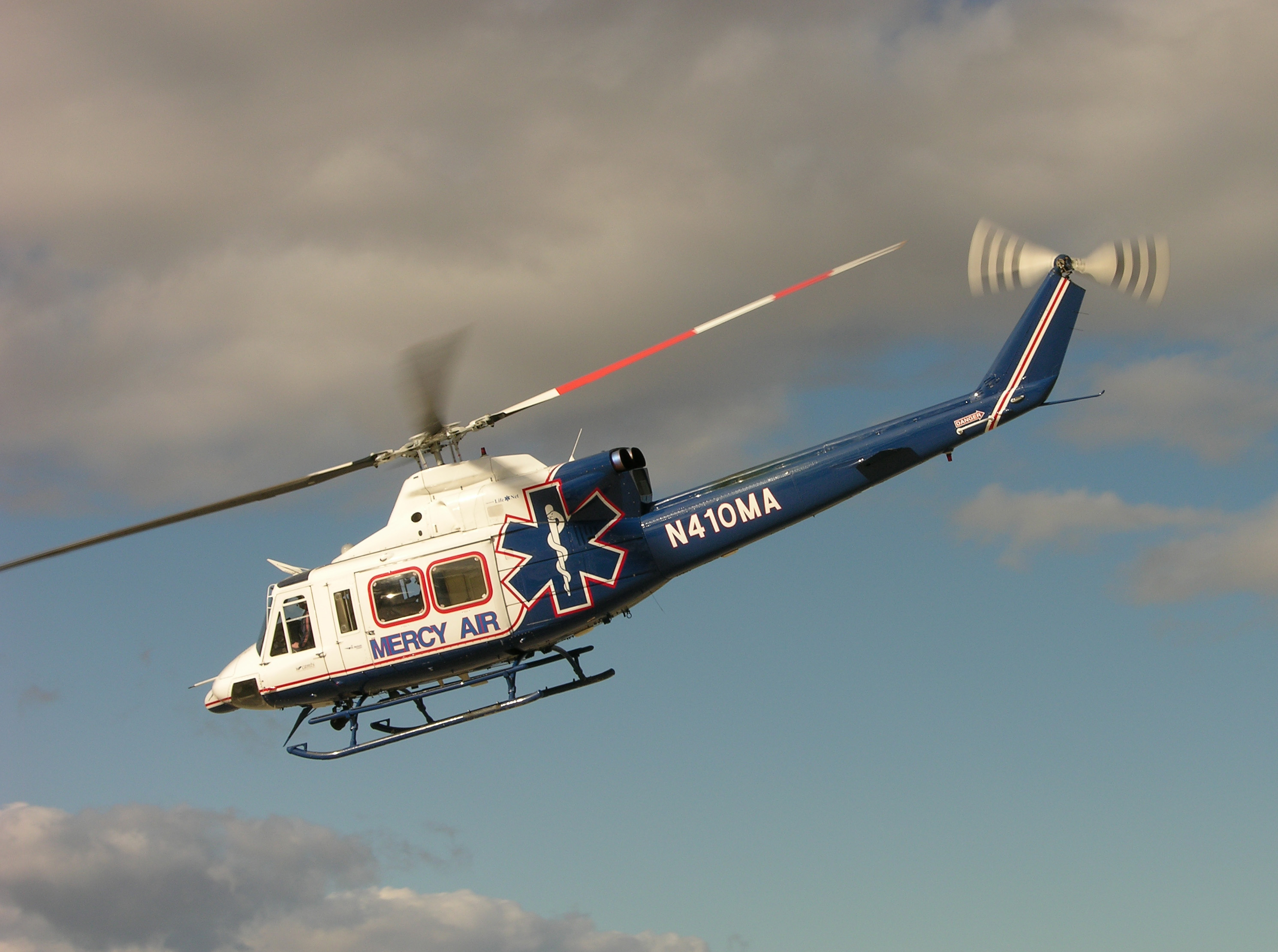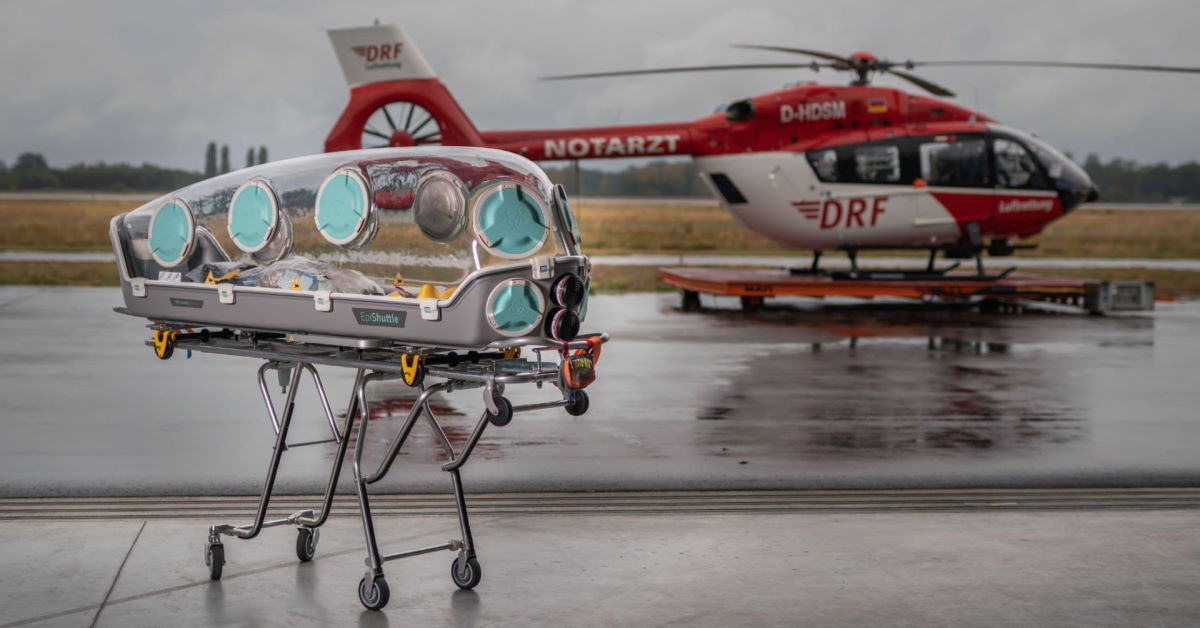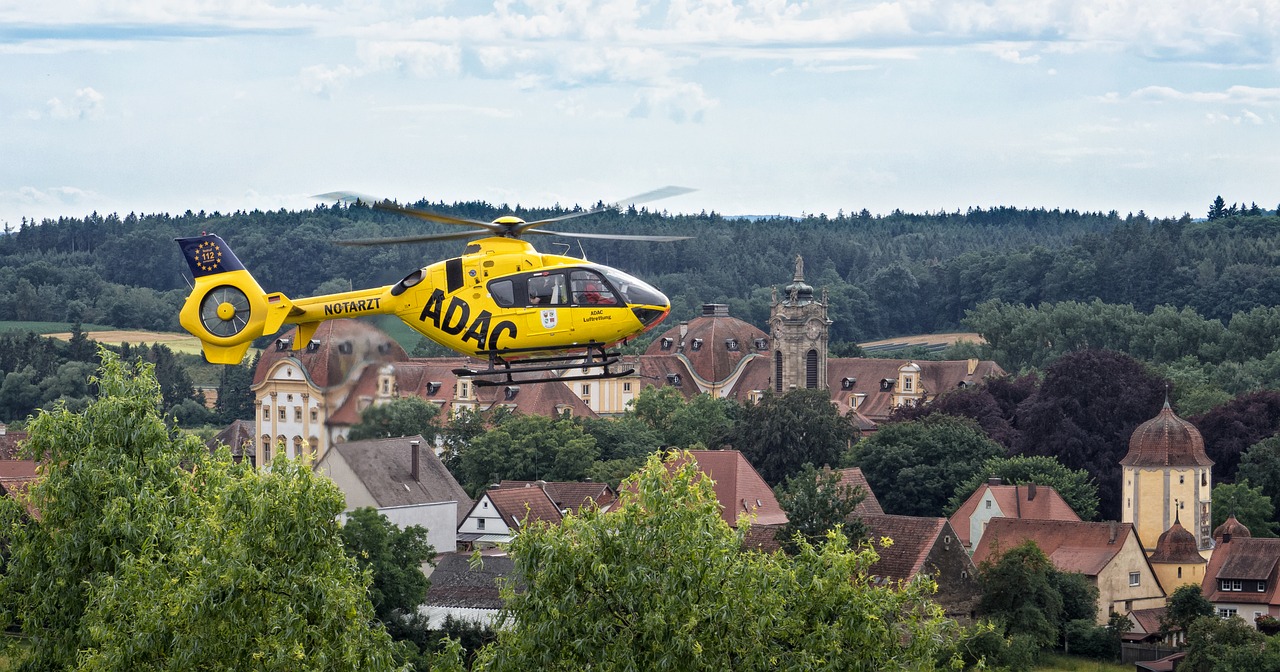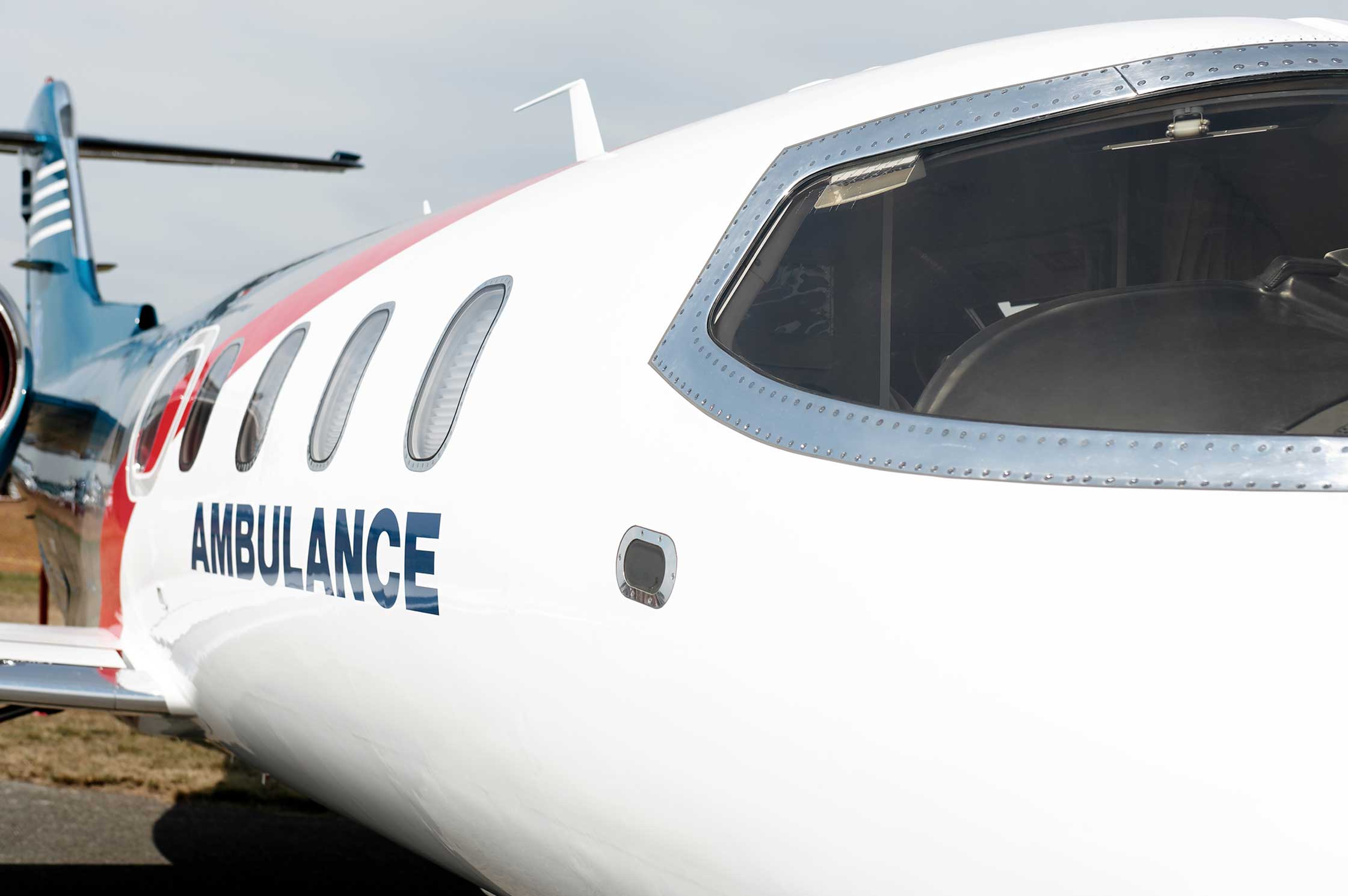Imagine a scenario where disaster strikes and medical assistance is needed urgently. In such situations, air ambulances play a vital role in providing rapid deployment of medical services. Whether it’s a natural calamity or a man-made disaster, the quick response and flexibility of air ambulances can make a significant difference in saving lives. This article aims to shed light on the importance of air ambulances in disaster response and the various ways in which they are deployed swiftly to provide critical medical care in the most challenging situations. So, let’s buckle up and explore the world of air ambulances and their crucial role in disaster response.

Introduction
When disaster strikes, every second counts. Time is of the essence in saving lives and providing critical medical support to those in need. One key component of efficient disaster response is rapid deployment, and air ambulances play a crucial role in achieving this. In this article, we will explore the importance of rapid deployment in disaster response, the role of air ambulances, the different types of air ambulances, their key features, the training of air ambulance crews, collaboration with disaster response agencies, the challenges faced in rapid deployment, successful case studies, and future developments in air ambulance technology.
Importance of Rapid Deployment in Disaster Response
Saving Lives in Critical Situations
Rapid deployment is vital in disaster response as it can mean the difference between life and death. When natural disasters strike or emergencies occur, immediate access to medical assistance is crucial for the injured and those in critical condition. Air ambulances with their ability to swiftly reach affected areas ensure that those who require immediate medical attention can receive it promptly, increasing their chances of survival.
Minimizing Response Time
One of the primary advantages of utilizing air ambulances in disaster response is their ability to minimize response time. Unlike ground transportation, air ambulances can bypass traffic congestion, hazardous road conditions, and other obstacles that could delay medical assistance. With their ability to quickly traverse long distances and reach remote areas, air ambulances significantly reduce the time it takes to get medical help to those in need.
Providing Medical Support to Remote Areas
In disaster-stricken regions, access to healthcare facilities can be limited or non-existent. Air ambulances play a crucial role in bridging this gap by providing medical support to remote areas. They can airlift injured individuals or critically ill patients from these areas to hospitals with advanced medical facilities, ensuring they receive the specialized care they require. This capability is especially significant in disaster response when traditional transportation methods are hindered or unavailable.
Role of Air Ambulances in Disaster Response
Primary Aerial Transport for Injured
Air ambulances serve as the primary aerial transport for injured individuals during disaster response. They can quickly transport patients from the scene of the emergency to hospitals or healthcare facilities. This rapid transportation not only saves precious time but also ensures that patients receive the necessary medical attention without delay.
Medical Evacuation of Critical Patients
In situations where patients require specialized medical care not available locally, air ambulances can facilitate their evacuation. Critical patients can be safely transported to hospitals equipped with the expertise and resources to treat their specific conditions. This capability is particularly crucial in disaster response, where time is of the essence and access to specialized medical facilities is limited.
Transportation of Emergency Medical Supplies
In addition to transporting patients, air ambulances also play a vital role in the transportation of emergency medical supplies. During disaster response, the demand for medical resources and equipment often exceeds the local supply. Air ambulances can swiftly transport essential supplies such as medicines, blood, and equipment to affected areas, ensuring that healthcare professionals have the necessary resources to provide optimal care.

Types of Air Ambulances
Helicopters
Helicopters are one of the most commonly used types of air ambulances in disaster response. Their ability to hover, land in small spaces, and access remote areas make them highly versatile. Helicopters are especially beneficial in urban environments where landing zones may be limited, or in mountainous regions or disaster-stricken areas where access by other means is challenging.
Fixed-Wing Aircraft
Fixed-wing aircraft, such as airplanes, are another type of air ambulance commonly utilized in disaster response. These aircraft are well-suited for inter-facility transfers over long distances. With their higher cruising speeds and longer range, fixed-wing aircraft can transport patients from disaster-affected areas to specialized hospitals or medical facilities located further away.
Tiltrotor Aircraft
Tiltrotor aircraft, a relatively new addition to air ambulance capabilities, combine the vertical takeoff and landing abilities of helicopters with the high-speed cruising capabilities of airplanes. These aircraft offer enhanced versatility and flexibility during disaster response, providing the ability to access remote areas quickly while also covering longer distances at higher speeds.
Key Features of Air Ambulances for Rapid Deployment
Specialized Medical Equipment
Air ambulances are equipped with specialized medical equipment to provide immediate medical support during transportation. These vehicles are equipped with stretchers, medical monitoring devices, ventilators, and other essential equipment to stabilize patients and provide critical care before reaching a medical facility. Having these resources readily available on board ensures that patients receive immediate medical attention and increases the chances of positive outcomes.
Advanced Life Support Capability
Air ambulances are staffed with highly trained medical personnel capable of providing advanced life support. These professionals include doctors, nurses, and paramedics who can administer life-saving treatments, perform medical procedures, and monitor patients during transportation. Their expertise and ability to adapt to rapidly changing conditions make them invaluable in disaster response scenarios.
Ability to Land in Challenging Terrains
Another critical feature of air ambulances is their ability to land in challenging terrains. Unlike traditional ambulances, air ambulances can land in remote or difficult-to-access areas, allowing medical teams to reach patients quickly. This capability is particularly vital in disaster response when infrastructure may be damaged or inaccessible, and ground transportation may be hindered.
Air Ambulance Crew and Training
Pilots
Air ambulance pilots are highly skilled and undergo specialized training to handle emergency situations and fly in challenging conditions. They are trained in instrument flying, night operations, and landing in confined areas. These pilots possess the expertise to operate different types of air ambulances and adapt to various environments, ensuring safe and efficient transportation during disaster response.
Medical Personnel
The medical personnel on board air ambulances are specially trained to provide critical care during transportation. They undergo extensive training in emergency medicine, trauma care, and aeromedical procedures. This training equips them with the skills required to stabilize patients, administer life-saving treatments, and effectively manage medical emergencies during transit.
Effective Coordination and Communication
Effective coordination and communication between the air ambulance crew and other emergency response personnel are essential for successful rapid deployment. Clear communication channels ensure that vital information is shared promptly, enabling all relevant parties to work together seamlessly. This coordination is crucial in disaster response, where efficiency and timely decision-making are paramount.
Collaboration with Disaster Response Agencies
Integration with Emergency Medical Services
Air ambulances seamlessly integrate with existing emergency medical services to provide comprehensive disaster response. Collaboration between air ambulance services and ground-based emergency medical teams allows for efficient patient transfers, coordination of resources, and a streamlined approach to medical support. This integration ensures that patients receive continuous and uninterrupted care throughout the entire emergency response process.
Coordinated Planning and Preparedness
Successful rapid deployment relies on coordinated planning and preparedness among all involved entities. Air ambulance services work closely with disaster response agencies, government authorities, and healthcare facilities to develop comprehensive emergency response plans. These plans identify roles, responsibilities, and procedures, ensuring a swift and effective response when disaster strikes.
Joint Training and Exercises
To enhance their capabilities and ensure seamless coordination, air ambulance services and disaster response agencies engage in joint training and exercises. These exercises simulate emergency situations and allow all involved parties to practice their roles and response protocols. Through these collaborative training efforts, teams can identify areas for improvement, refine their procedures, and build strong working relationships.
Challenges in Rapid Deployment
Weather Conditions
Rapid deployment during disaster response can be significantly impacted by adverse weather conditions. Extreme weather events, such as hurricanes or blizzards, can make flying hazardous or even impossible. Monitoring weather patterns and making informed decisions regarding flight safety are crucial to ensure the well-being of patients and the air ambulance crew.
Airspace Restrictions
During large-scale disaster response operations, airspace restrictions may be imposed to ensure safe and efficient coordination of aerial operations. These restrictions aim to prevent overcrowding and maintain order in the airspace. Adhering to these restrictions requires careful planning and coordination to ensure that air ambulances can maneuver swiftly while also complying with regulations.
Logistical Constraints
Logistical challenges can arise during rapid deployment due to limited resources and infrastructure damage. Fuel availability, landing zone availability, and availability of medical supplies can all impact the ability of air ambulances to provide prompt medical assistance. Addressing these logistical constraints necessitates effective coordination and resource management among various stakeholders involved in disaster response efforts.
Case Studies: Successful Rapid Deployments
Hurricane Relief Efforts
During hurricane relief efforts, air ambulances have played a crucial role in saving lives and providing timely medical support. They have successfully airlifted patients from flood-affected areas, delivered medical supplies to isolated communities, and transported critical patients to hospitals equipped to handle their conditions. The ability of air ambulances to swiftly navigate through devastated regions has proven instrumental in post-hurricane response and recovery.
Earthquake Response
In earthquake response scenarios, air ambulances have demonstrated their effectiveness in accessing and evacuating patients from collapsed buildings and remote areas. They have been pivotal in providing rapid medical assistance to survivors and facilitating the transportation of critically injured individuals to hospitals for urgent care. The agility and quick response of air ambulances have been critical in saving lives amidst the chaos and destruction caused by earthquakes.
Pandemic Support
Air ambulances have also played a significant role in supporting healthcare systems during the COVID-19 pandemic. They have been utilized for the critical evacuation of COVID-19 patients, ensuring they receive appropriate care in medical facilities equipped to handle infectious diseases. Air ambulances have also contributed to the transportation of medical supplies, tests, and vaccines, aiding in the pandemic response efforts on a global scale.
Future Developments in Air Ambulance Technology
Drones for Emergency Medical Response
The utilization of drones in emergency medical response has shown great potential. Drones equipped with medical supplies or defibrillators can reach remote or inaccessible areas quickly, providing life-saving interventions before traditional medical personnel arrive. Advancements in drone technology and regulatory frameworks may lead to an increased role for drones in disaster response, complementing existing air ambulance capabilities.
Advanced Telemedicine Solutions
Telemedicine, enabled by advanced communication technology, has the potential to transform air ambulance operations. Real-time video consultations with medical specialists can significantly enhance the level of care provided during transport. Telemedicine solutions allow medical personnel on board air ambulances to access expert advice and guidance from off-site professionals, leading to improved patient outcomes.
Enhanced Navigation and Communication Systems
Future developments in navigation and communication systems will improve the capabilities of air ambulances for rapid deployment. Advanced GPS systems, aided by artificial intelligence and data analytics, will enable more accurate routing and efficient flight planning. Additionally, enhanced communication systems will allow seamless integration and coordination between air ambulances, ground-based emergency personnel, and other relevant stakeholders.
In conclusion, air ambulances play a vital role in rapid deployment during disaster response. Their ability to quickly reach affected areas, transport injured individuals, and provide critical medical support saves lives and minimizes response time. Different types of air ambulances, such as helicopters, fixed-wing aircraft, and tiltrotor aircraft, offer versatility and adaptability to various scenarios. The key features of air ambulances, including specialized medical equipment, advanced life support capability, and the ability to land in challenging terrains, ensure the provision of immediate medical assistance. Collaboration with disaster response agencies, effective coordination and communication, as well as joint training and exercises, enhance the overall response efforts. While challenges such as weather conditions, airspace restrictions, and logistical constraints exist, successful case studies demonstrate the effectiveness of air ambulances in disaster response. With future developments in technology, including the utilization of drones, advanced telemedicine solutions, and enhanced navigation and communication systems, the capabilities of air ambulances will continue to evolve, further improving their contributions to rapid deployment in disaster response.



